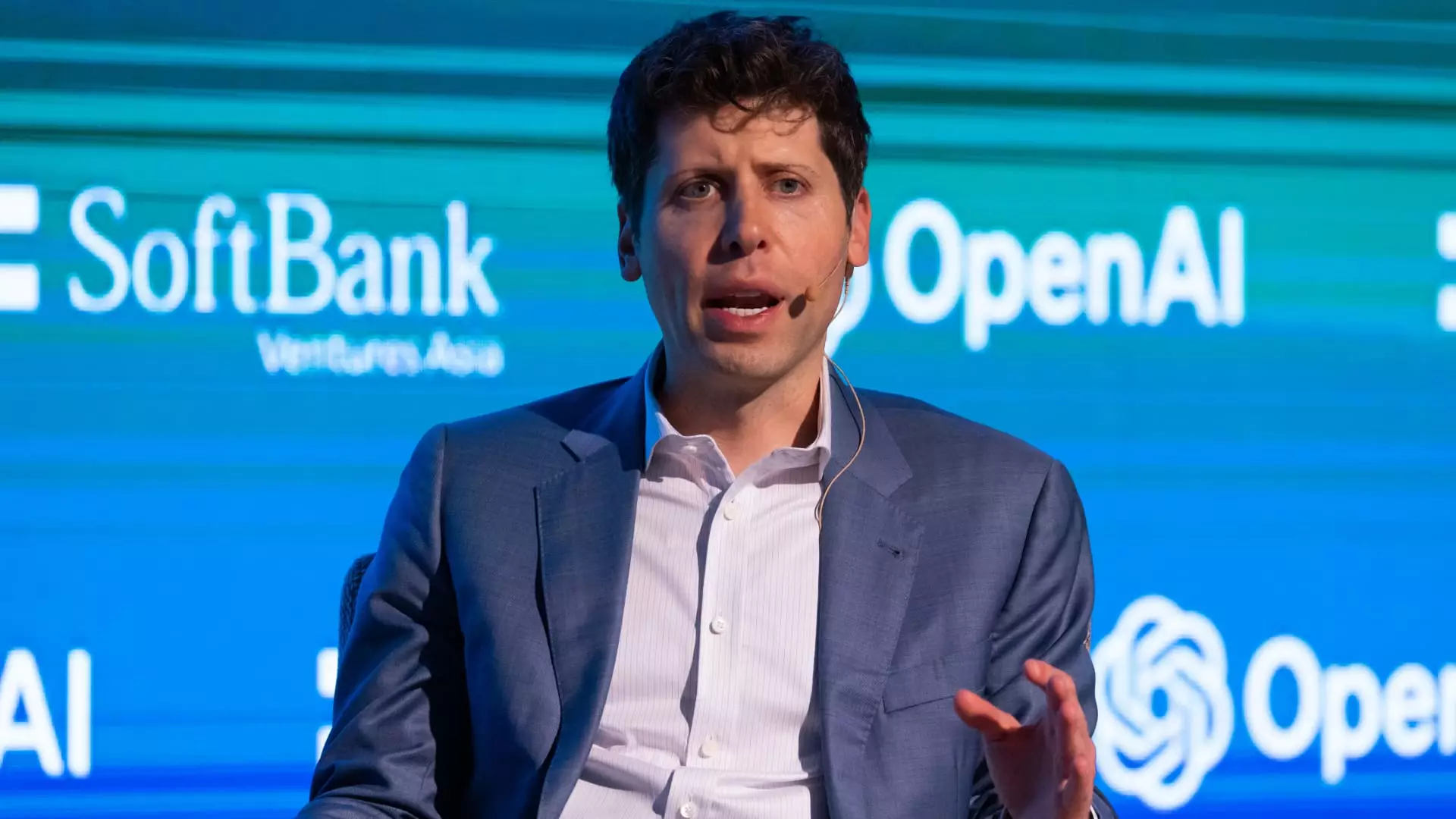The landscape of artificial intelligence (AI) is undergoing substantial changes with the recent announcement by OpenAI to transition towards a for-profit model by 2025. This strategic shift, marked by the establishment of a public benefit corporation (PBC), signifies a notable departure from OpenAI’s original mission-driven structure. With this transformation, the organization aims to leverage the burgeoning commercial opportunities in AI, amidst a backdrop of fierce competition and escalating financial demands.
OpenAI’s board articulated a pressing need to attract significant capital to sustain its ambitious goals in AI development. The striking $157 billion valuation that OpenAI achieved in just two years, following the launch of its successful chatbot, ChatGPT, underscores the soaring interest and investment in generative AI technologies. However, maintaining this trajectory necessitates funding levels that far exceed initial expectations. As outlined in OpenAI’s blog post, potential investors are inclined toward conventional equity structures, implying that OpenAI’s previous constraints as a nonprofit have become a barrier to fulfilling its mission.
The board’s decision reflects an industry-wide reality where tech giants like Microsoft, Google, and Amazon are pouring billions into AI research and applications. OpenAI’s ambitions are not merely about innovation; they directly compete for market share in a landscape projected to reach $1 trillion in revenue within the next decade. Consequently, restructuring has become imperative for OpenAI to attract competitive investments and expand its operational capacity.
Despite its impressive valuation, OpenAI is grappling with substantial financial losses, with projections indicating a loss of around $5 billion against $3.7 billion in revenue in the current year. This financial strain is partly attributable to the capital-intensive nature of developing large language models that power applications like ChatGPT. Relentless investment in advanced processors and cloud infrastructure—predominantly supplied by key partner Microsoft—is critical for sustaining and scaling operations.
OpenAI’s pivot to a PBC structure is intended to enable more straightforward fundraising through conventional investment mechanisms. This transition is set to enhance its ability to raise the necessary capital while simultaneously facilitating a split between its commercial endeavors and charitable activities, which will continue under a nonprofit umbrella focused on areas like healthcare, education, and scientific inquiry.
While the strategic shift might stir enthusiasm, OpenAI faces significant internal and external challenges. One of the most prominent external pressures comes from Elon Musk, co-founder of OpenAI and a principal figure in its inception. Musk’s contentious legal battle against OpenAI, claiming that the transition to a for-profit structure is a “total scam,” raises questions about the company’s governance and its operational integrity. This discord not only contributes to instability within OpenAI but also risks altering its public perception amidst an increasingly polarizing narrative about technology companies.
Adding to this instability is the ongoing departure of key personnel from OpenAI, with executives citing concerns that commercial priorities are overshadowing safety considerations within AI development. High-profile exits, including those of Chief Technology Officer Mira Murati and research chief Bob McGrew, reflect potential internal discord and apprehension regarding the company’s direction. Public comments from departing employees suggest that leadership decisions are increasingly viewed as neglectful of a robust safety culture, which could have far-reaching implications for product integrity and ethical considerations in future AI developments.
As OpenAI navigates towards becoming a Delaware PBC, it must reconcile its aggressive commercial aspirations with its foundational mission of promoting safe and beneficial AI technologies. This balancing act involves leveraging outside capital effectively while ensuring that ethical standards in AI deployment remain at the forefront of its operations. The company intends to hire a distinct workforce that can manage nonprofit-related initiatives independently, yet the dissolution of its all-encompassing nonprofit structure raises questions about the longevity and fidelity of its original mission-oriented goals.
Overall, OpenAI finds itself at a pivotal juncture, where its future trajectory hinges significantly on how effectively it can navigate these multifaceted challenges. As the AI landscape continues to unfold, the company’s ability to maintain competitive advantages while upholding its commitment to safety and ethical AI will define its role in shaping the future of technology. The unfolding narrative of OpenAI reflects broader themes of innovation, investor relations, and the ethical responsibilities inherent in pioneering such transformative technologies.

